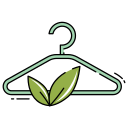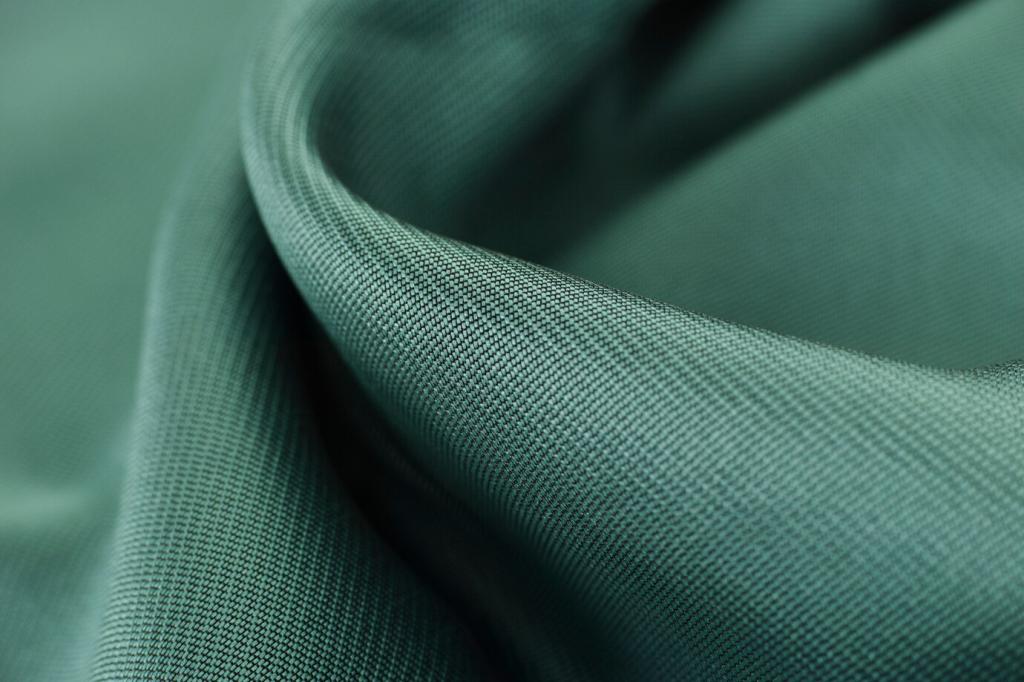Sourcing Strategies That Reduce Waste
Shorten supply chains where possible to reduce transport emissions, improve communication, and enable smaller runs. Local weaving or knitting partners help you iterate rapidly and manage inventory responsibly. Align designs with available widths and weights to avoid unnecessary custom runs and offcuts that become silent waste.
Sourcing Strategies That Reduce Waste
Deadstock can rescue beautiful materials from landfills, but verify past finishes for restricted chemicals and test for colorfastness. Lock in a roll count that matches your forecast, because reordering may be impossible. Document everything so your team understands the limits and your customers appreciate the rescue story.






